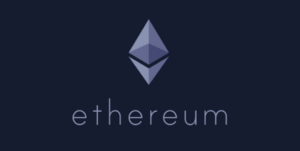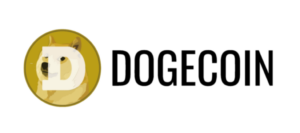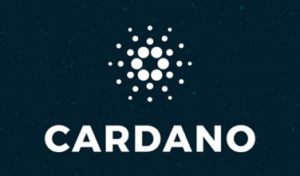Ethereum Gas Fees Debate: Are They Too Low or Too High? The Answer Remains Unclear

The ongoing discourse surrounding Ethereum’s gas fees, particularly in relation to the ETHUSD symbol, has been a topic of contention. While fees have generally been low this year, there was a notable spike during the Aug. 4-5 crash. This fluctuation raises the question of whether the system is functioning as intended.
Surprisingly, the periodic spikes in gas fees are actually indicative of a well-functioning wholesale market responding to peak demand. Those who view these fluctuations as problematic may have a misguided perspective on the future of cryptocurrency.
The modular scaling philosophy underlying Ethereum posits that blockchains do not merely process transactions but rather manage a limited resource known as secure block space. Similar to other finite resources like land or oil, secure block space is auctioned off to the highest bidder, typically benefiting entities with the greatest need, such as large-scale users or layer-2 solutions.
In contrast, monolithic chains operate on a network-centric philosophy, aiming to serve all users equally. However, this approach is impractical for blockchains, which serve as secure and predictable layers for transferring and settling assets. In such contexts, tiered services and costs are essential to ensure efficient operations.
An analogy is drawn to the post office, where different services incur varying costs based on urgency. Similarly, pricing secure block space below demand necessitates constant capacity expansion to prevent escalating fees.
In a modular chain environment, individual users prioritize maximum security on Layer 1 (L1) for substantial transactions, regardless of temporary gas fee spikes. Wholesale providers like rollups also maintain profitability during normal activity, allowing them to withstand losses during fee surges.
This resilience mirrors how other markets for scarce assets operate. Wholesale buyers in industries like airlines and gas stations absorb price fluctuations, adjusting their rates gradually to offset high costs and shield retail customers from immediate impacts.
Despite the efficacy of this model, the Aug. 4-5 crash highlighted challenges in the rollup fee market’s maturity. As competition intensifies, Layer 2 solutions will likely compete on pricing and stability, ultimately benefiting end-users by abstracting gas fees.
The evolution towards fee abstraction is already evident in transactions involving USD Coin (USDC) on Base, with the potential for dApps and wallet providers to follow suit. While this shift could occur on monolithic chains, modular chains offer a more stable environment for user experience enhancements.
Looking ahead, the crypto landscape is poised for further innovation in fee management, promising a more streamlined and cost-effective ecosystem for all participants.




